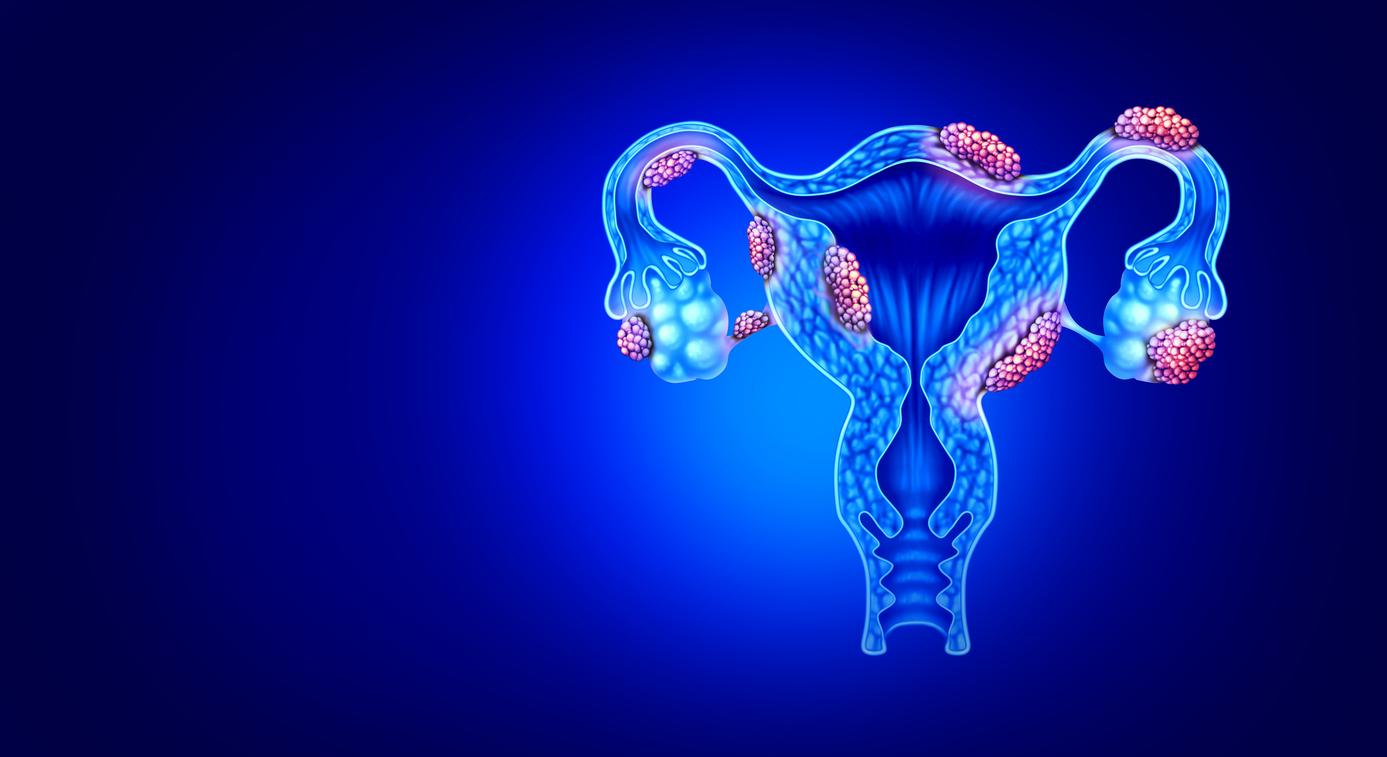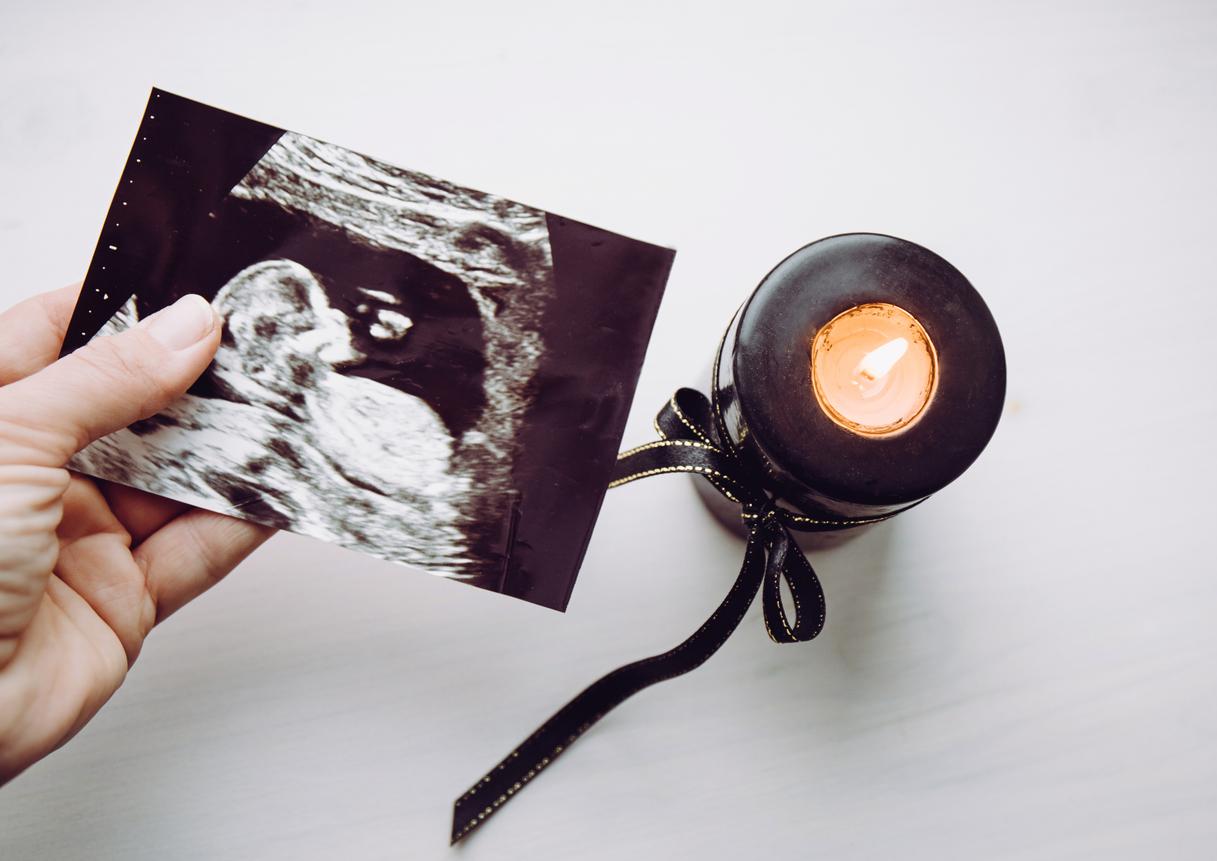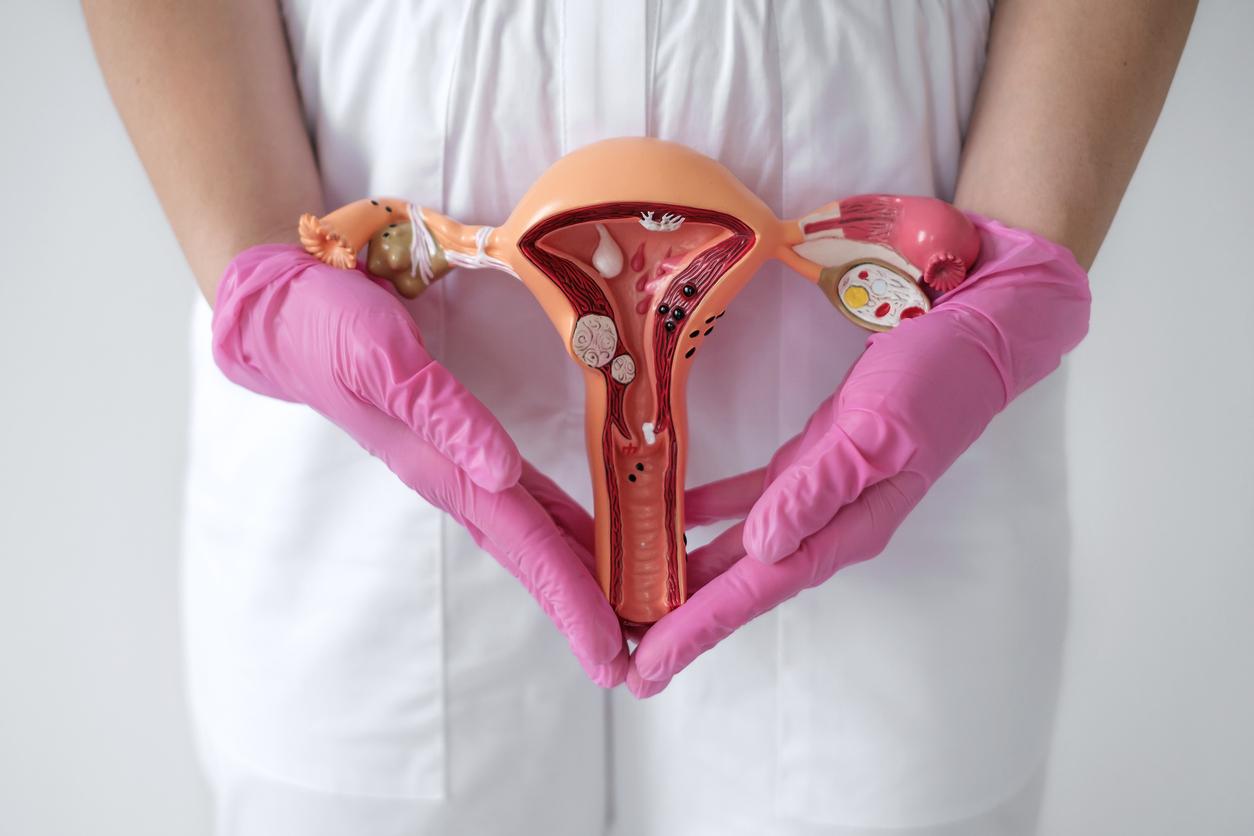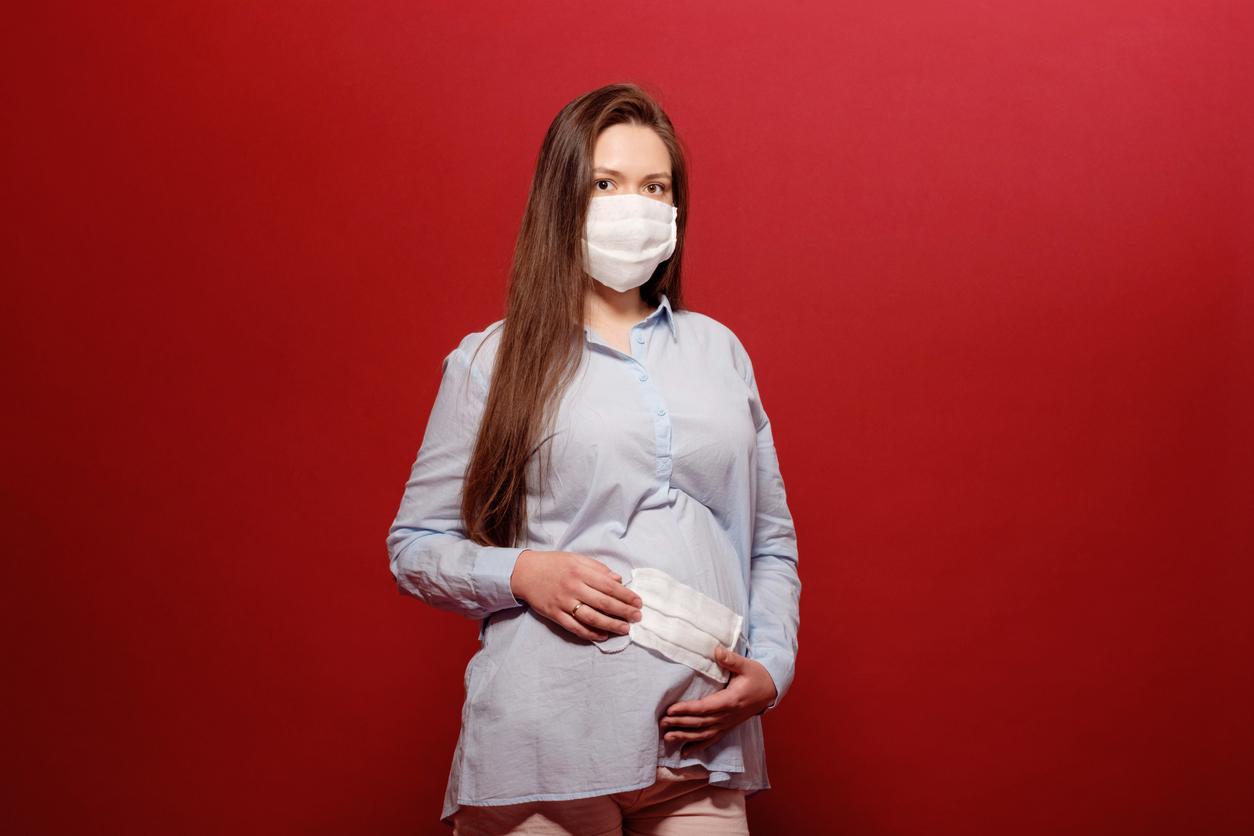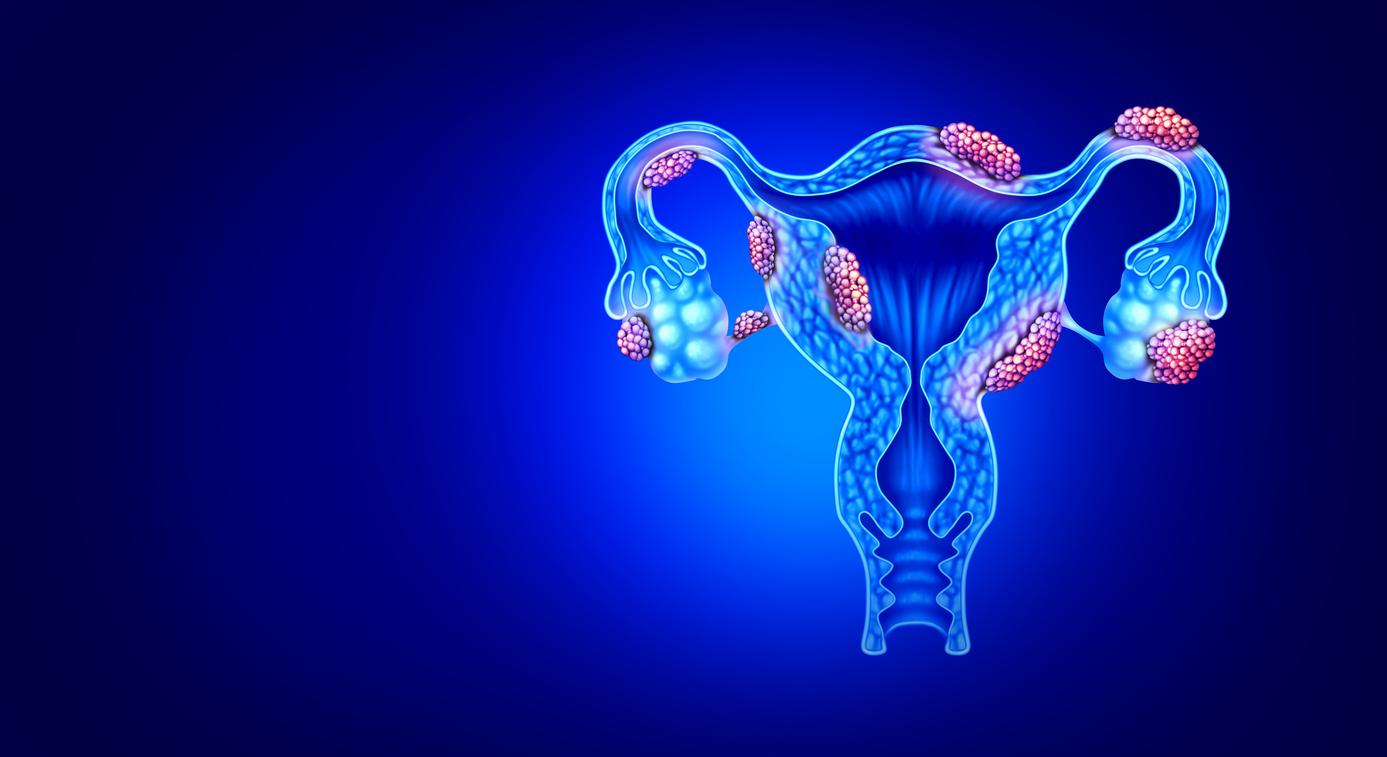The endometrium of women victims of repeated terminations of pregnancy would present an insufficient quantity of stem cells. As a result, their uterus ages faster.

Each year in France, more than 15% of pregnant women miscarry. As a rule, subsequent pregnancies go smoothly. But 1 to 5% of women will experience repeated miscarriages. British researchers at the University of Warwick have discovered that these repeated terminations of pregnancy are linked to the absence of stem cells in the uterine tissue. They publish their work in the review Stem Cell.
“We have shown that the uterine lining of women with recurrent miscarriages was already defective before their pregnancy,” said Professor Jan Brosens, head of this study. We can imagine correcting these abnormalities before patients try to have another child. In fact, it seems to be the only effective way to prevent future miscarriages. “
To reach these conclusions, the researchers studied tissue samples taken from 183 women. These samples were then cultured in the laboratory in order to study the cells. The examinations carried out on this uterine tissue reveal a deficit of stem cells in patients who have had several miscarriages compared to the control group.
Accelerated cellular aging
These cells present in the uterine lining are renewed with each menstrual cycle as well as after each miscarriage and childbirth. This capacity for renewal is directly linked to the population of stem cells initially present. However, in women subject to repeated interruptions of pregnancy, this cellular base does not exist or hardly exists. As a result, the uterus of these ages quickly, which induces the repeated failure of pregnancies.
“When an embryo is implanted in the uterus, the uterine lining develops special cells called decidual cells to accommodate it. This process can be replicated in the laboratory. But with the cells taken from women who had 3 or more repeated miscarriages, this was not possible. They do not have the capacity to prepare for pregnancy, ”explained Professor Jan Brosens.
“The real challenge now is to develop strategies to increase stem cell function in the endometrium. We are going to start a pilot study in spring 2016, ”said Prof. Siobhan Quenby, co-author of the work.
.











